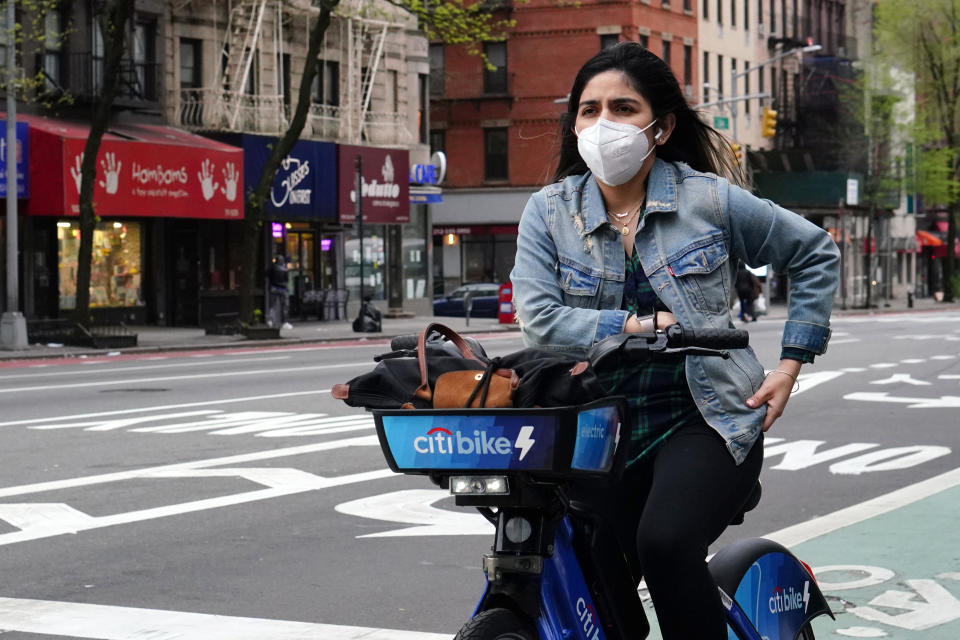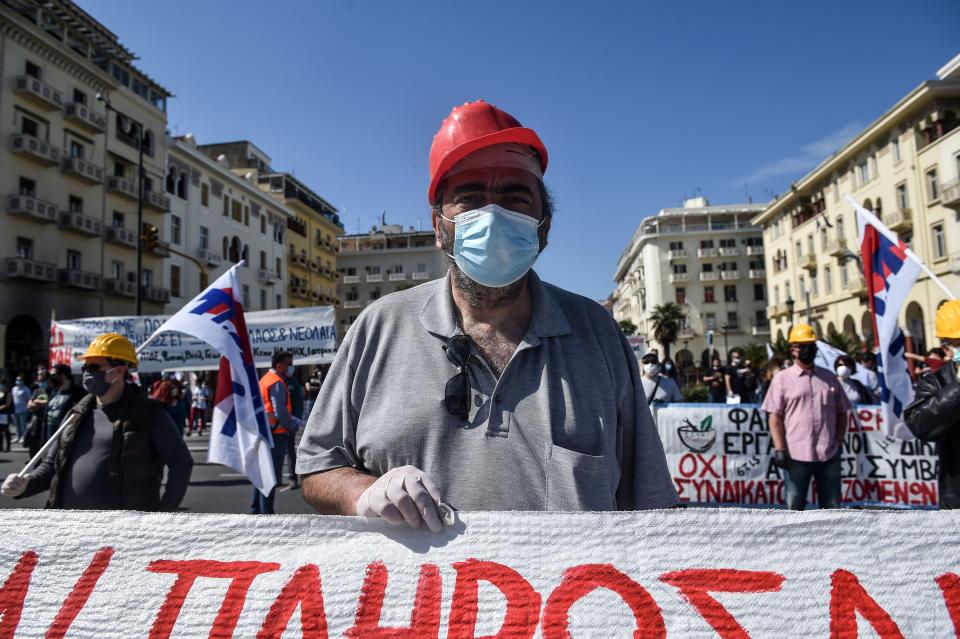Coronavirus: What is the basic reproduction number?
Government officials have stressed the UK’s extreme lockdown will only be relaxed once they are confident the coronavirus’ basic reproduction number will persistently remain below one.
While it may sound like medical jargon, the basic reproduction number – often referred to as just “R” – tells experts how readily an infection is spreading within the community.
R numbers are not set in stone. With Britons only permitted to leave their home for “very limited purposes”, the number of people most are coming into contact with has fallen dramatically. This corresponds with a drop in the R number.
When restrictions are relaxed, however, the basic reproduction number could creep up. This has to be controlled in order to avoid a dreaded “second peak”.

Coronavirus: What is the ‘R’ number?
The R number is the number of people an infected person statistically goes on to infect.
For example, if the number is two, every infected person is expected to transmit the virus to two others.
Evidence largely suggests that if the coronavirus was free to ravage through communities, its R number would be three, however, this is variable.
Latest coronavirus news, updates and advice
Live: Follow all the latest updates from the UK and around the world
Fact-checker: The number of COVID-19 cases in your local area
Explained: Symptoms, latest advice and how it compares to the flu
In mid-February, scientists from the London School of Hygiene & Tropical Medicine (LSHTM) estimated the coronavirus’ basic reproduction number fluctuated between 1.5 and 4.5 before travel restrictions were introduced in Wuhan, the Chinese city where the pathogen emerged.
The team stressed “substantial uncertainty”.
Professor David Heymann, also from the LSHTM, previously told Yahoo UK basic reproduction numbers “change daily as new information comes in”.
While an R number of three may not sound particularly high, those three people would infect three others, who would infect an additional three individuals, and so on.
Patient numbers would therefore start to climb very quickly.
The aim of the lockdown is to bring the R number to less than one.
If the basic reproduction number is more than one, an outbreak grows. If it is one, an outbreak plateaus and if it is less than one, an outbreak dies out.
Modellers at Imperial College London are attempting to calculate the coronavirus’ R number, estimating it at around 0.7 in the community.
This will be higher in different settings. For example, “hot spots” like hospitals and care homes will have a greater R.
Coronavirus: How does the ‘R’ number affect lockdown?
The challenge with lifting the lockdown is the R number could creep back up.
“It doesn't give you a lot of room to play with [to keep the number below one],” Dr Adam Kucharski from the LSHTM told the BBC.
The coronavirus’ R number in Germany was said to be 0.7 at the beginning of April. It reportedly increased, before dropping again to 0.75.
“The number should stay below one, that is the big goal,” Professor Lothar Wieler from the Robert Koch Institute, Berlin, told the BBC.
When it comes to lifting restrictions, scientists must gauge what measures will affect the R number the least. For example, allowing children back to school versus reopening offices.
Another concern is “lockdown fatigue” will cause people to be more flippant when it comes to social distancing, resulting in the R number rising.
Testing for antibodies, a sign a person has already overcome the coronavirus and is immune, would allow officials to suppress the R number in a less disruptive way.
The government is reportedly on the verge of meeting its 100,000 tests a day target.
A vaccine would also bring the basic reproduction number down by creating herd immunity.
Scientists around the world are racing to develop a jab, however, many have been honest from the beginning a vaccine will not be ready for this outbreak.
One could become available, however, if the infection becomes seasonal, like flu.

What is the coronavirus?
The coronavirus is one of seven strains of a virus class that are known to infect humans.
Others cause everything from the common cold to severe acute respiratory syndrome (Sars), which killed 774 people during its 2002/3 outbreak.
Since the outbreak was identified, more than 3.2 million cases have been confirmed worldwide, according to Johns Hopkins University.
Of these cases, over one million are known to have “recovered”.
Globally, the death toll has exceeded 233,500.
The coronavirus mainly spreads face to face via infected droplets expelled in a cough or sneeze.
There is also evidence it is transmitted in faeces and survives on surfaces.
The coronavirus has no “set” treatment, with most patients naturally fighting off the infection.
Those requiring hospitalisation are given “supportive care”, like ventilation, while their immune system gets to work.
Officials have urged people to ward off infection by washing their hands regularly and maintaining social distancing.

 Yahoo News
Yahoo News 

